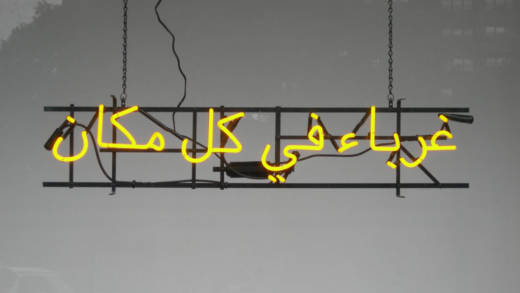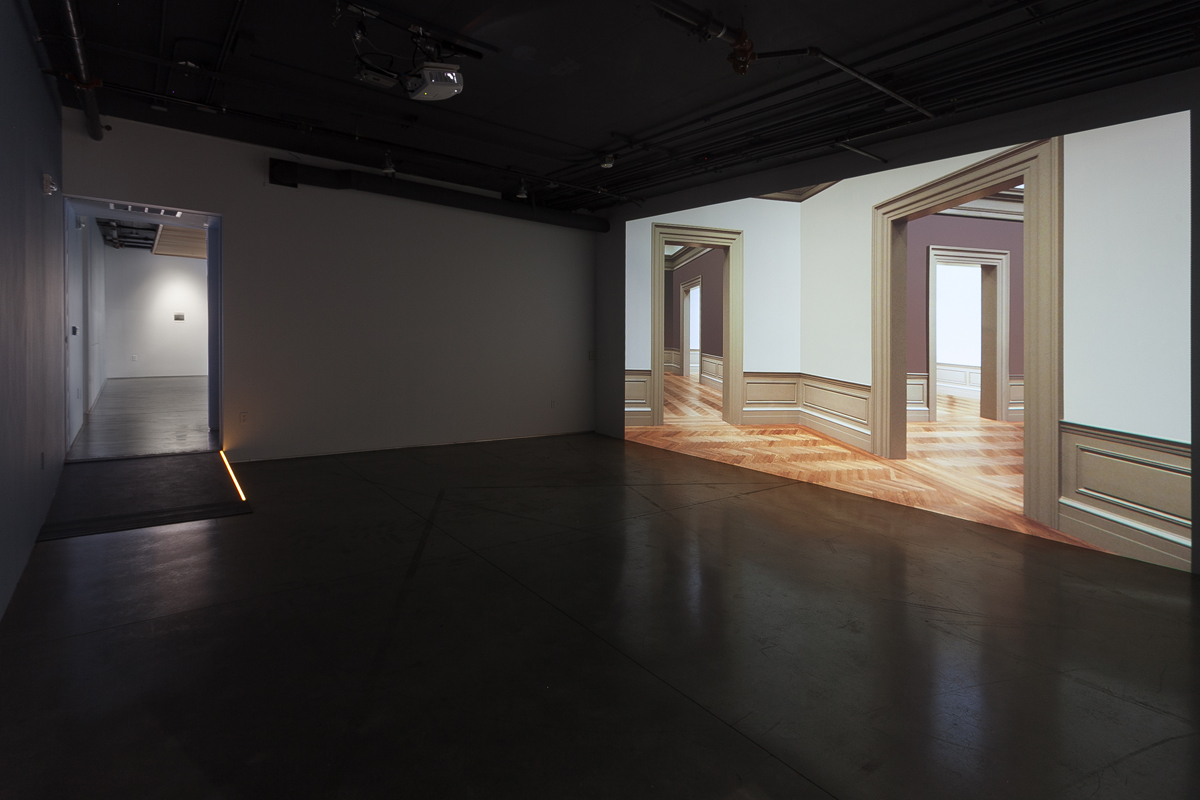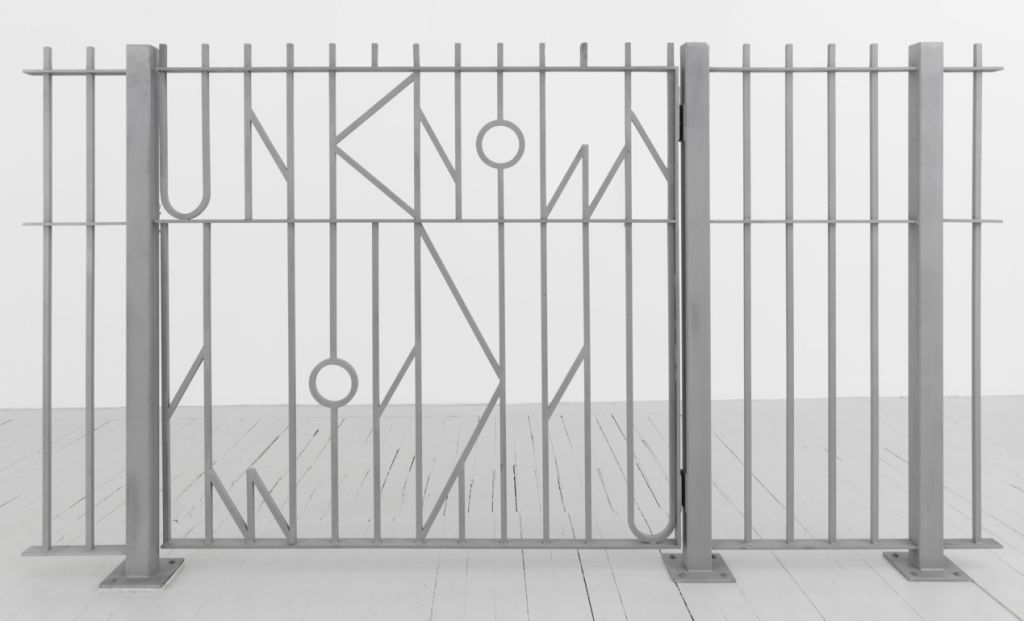I recently flew to Europe to look at art. The main draw was documenta 14, the 14th iteration of a once-every-five-years exhibition (a quinquennial, I learned) that takes over the German city of Kassel — and this year, 47 additional venues in Athens — with site-specific projects, major installations and work by over 100 artists, both living and dead. I flew to Europe because scarcity and the allure of art historical import are powerful motivators. Plus, I had the vacation time.
I’m not sure what I expected, but documenta 14 wasn’t it. “Where are all the objects?” I kept asking, as I navigated the exhibition’s baffling way-finding system in search of Kassel’s Neue Neue Galerie (not to be confused with the Neue Galerie, which also exists). Also largely missing in the installations: color, sumptuous aesthetics or any sense of humor at all.
I flew back confused and a bit demoralized. Were my hopes for contemporary art — that it could be engaging, informative and aesthetically compelling all at once — so out of step with the international scene? According to documenta 14, the preferred way to address the complex social, political and economic situations of our times is through overtly didactic video treatises on the evils of capitalism. They might have been informative, but engaging and aesthetically compelling? Not so much. (I also don’t think artist-made videos do much to fix the aforementioned situations.)
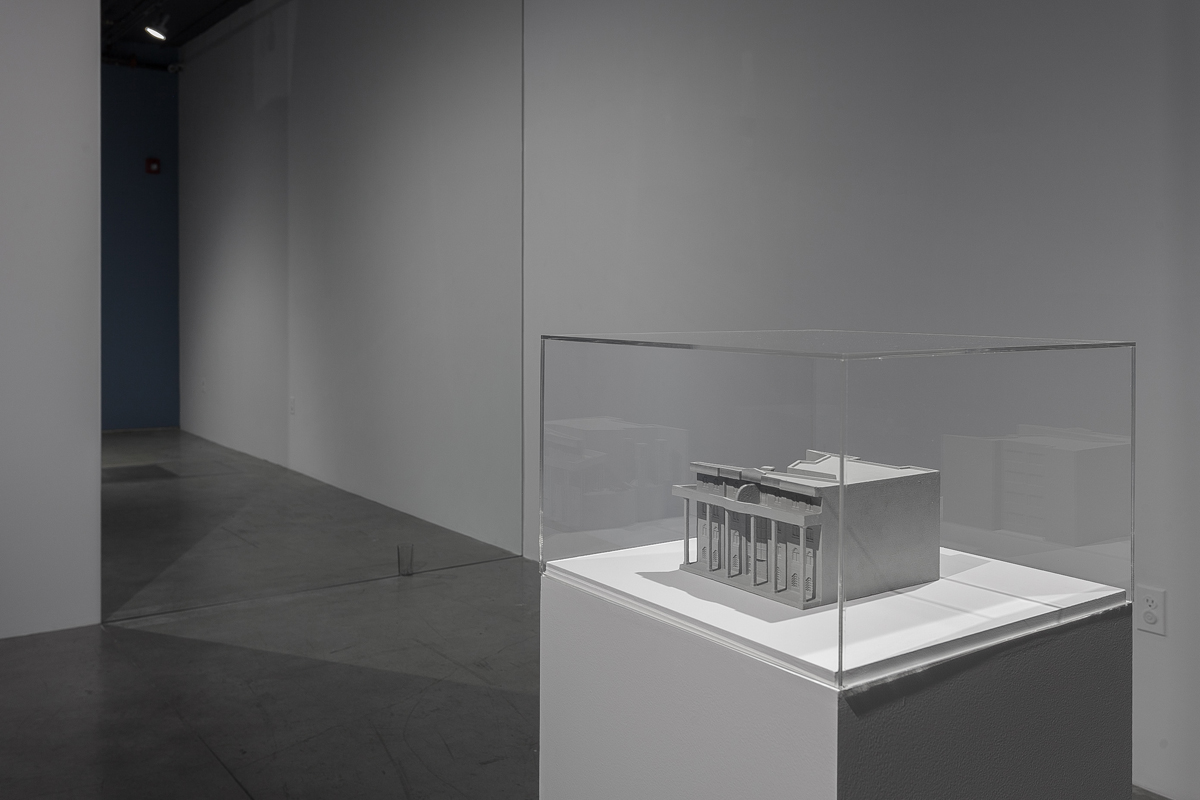
On June 21, still jet-lagged, I took a much shorter journey for the same purposes, walking a few blocks to the San Francisco art space KADIST for the opening of What We Know that We Don’t Know. It was everything my European sojourn was not, in no small part because it cost me nothing to get there and I already knew the way.
But for other reasons, too: an exhibition of just eight works spaced out across three galleries, one nook and a street-facing window, What We Know could also be described as a show addressing the complex social, political and economic situations of our times. Yet instead of heavy-handed diatribes, curator Arash Fayez organizes What We Know around the poetic concept of the paradox. In each work, opposing interpretations coexist, prompting thrilling experiences of cognitive dissonance throughout the carefully arranged show. And once the search for double meaning begins, the viewing experience is no longer passive: it becomes a puzzle of seeking out multiple ways of “reading” each piece.
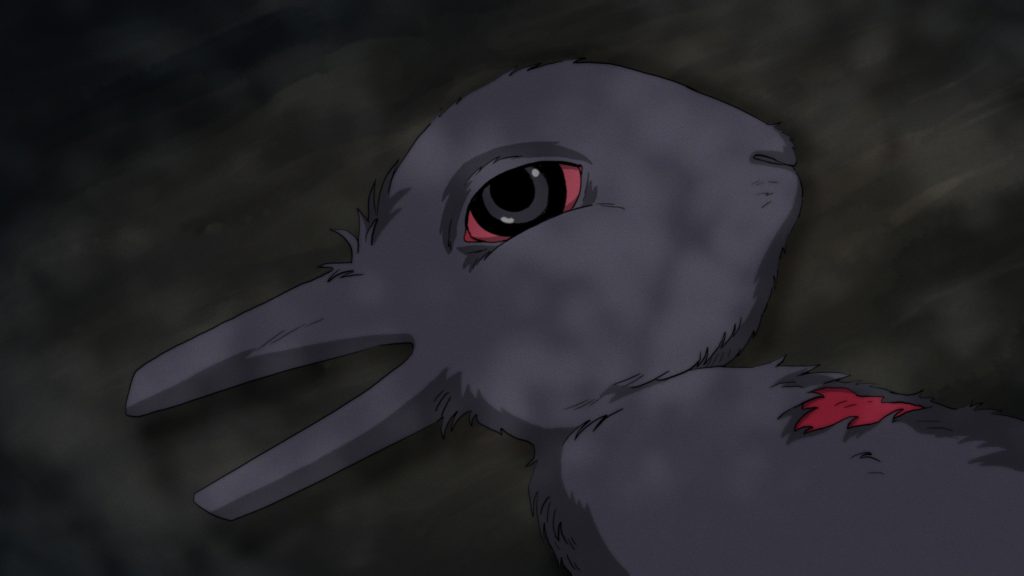
In the darkened nook, Miljohn Ruperto’s Janus helps illustrate just what a paradoxical visual art object might look like. A looped video plays on a flat-screen monitor laying face-up on the floor, showing what appear to be the dying breaths of a blue cartoon duck, or a blue cartoon rabbit, depending on how you see this variation on the optical illusion made popular by Ludwig Wittgenstein.
